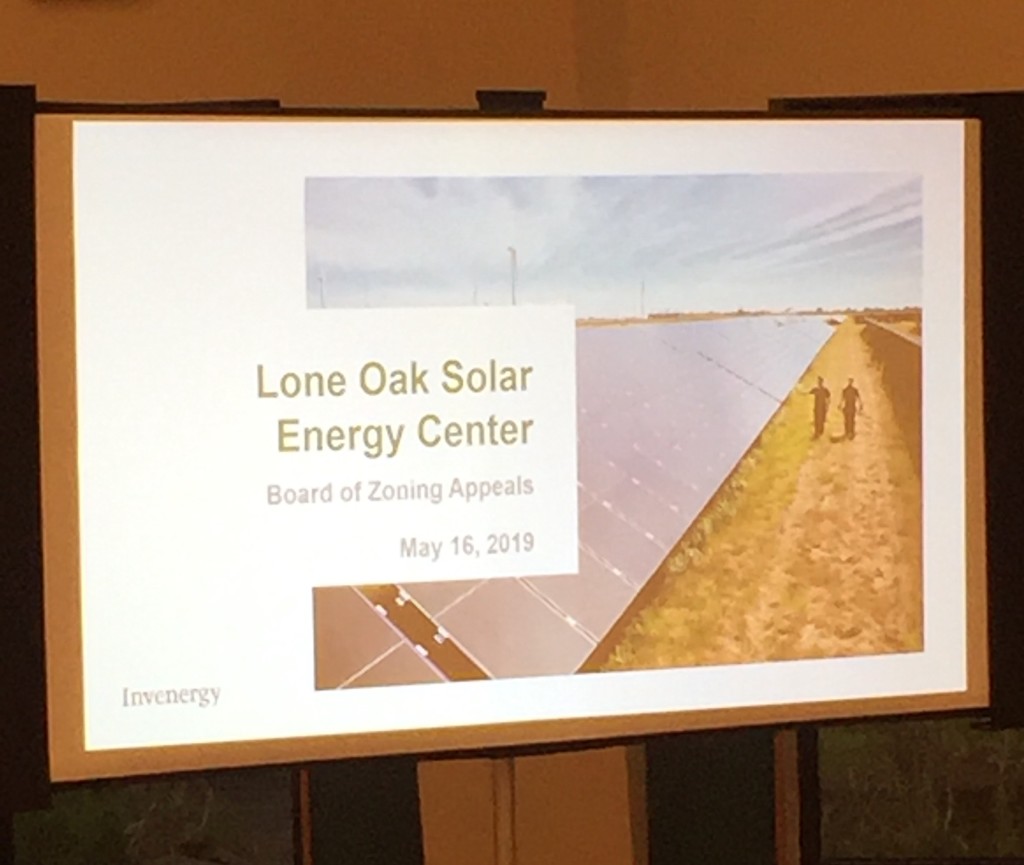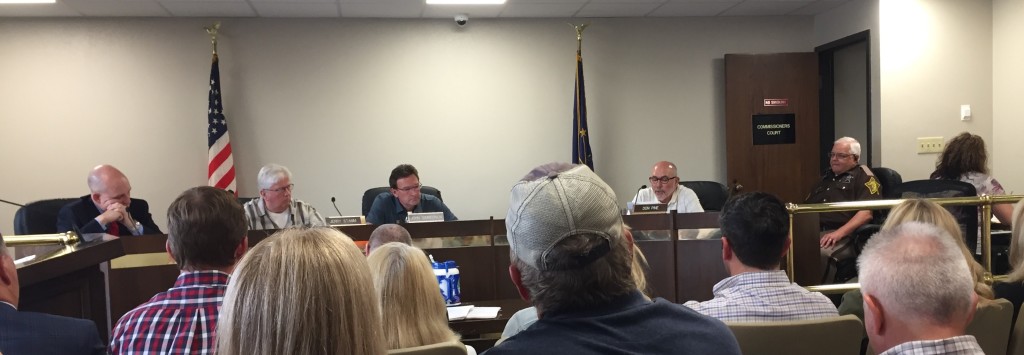
GOSHEN — How much greenhouse gases are produced in the city will be the topic of a study this summer.
The goal of the study is to provide a baseline for just how much greenhouses gases are produced locally and what the sources are. That information will be used in the future to “help Goshen employees identify greenhouse gas-reduction strategies for the municipality,” according to a news release from Mayor Jeremy Stutsman’s office.
Specifically, the study will gather data on the amount of energy consumed, the diversity of energy supplied to the grid, vehicle fuel use within the city and the amount of waste generated in the city.
Goshen is one of 13 Indiana communities that will be part of the study by the Indiana University Environmental Resilience Institute. An IU student will be assigned to Goshen to help collect data. In addition, city employees will have access to technical resources, a peer network and training in sustainability.
“We are excited to start this process,” Stutsman said in the news release. “The more data we have, the better we can manage our budgets and plan for the future. An energy-efficient community will help us save dollars in the future, provide a better quality of life and help protect the next generation of community members.”
The collection of data, according to the news release, is the first step needed so local governments in Indiana can prepare for such events as heavier rainfall, flash floods, freeze and thaw cycles that degrade road pavement and other infrastructure.
The greenhouse gas study is the latest initiative by Stutsman to address greenhouse gases and the community’s impact on climate change.
In April, the mayor announced a “45 by '45” program. That project has the goal of increasing the city’s tree canopy to 45% by 2045.
City Forester Aaron Sawatsky-Kingsley is taking the lead on that city project. He told the members of the Goshen Board of Public Works and Safety in April that in order to reach the 45% canopy cover by 2045, the city will need to have between 78,000 and 104,000 trees by that target date. He said the current tree population in Goshen is estimated at 39,000 to 52,000.
In addition to the tree canopy and greenhouse gas study, Stutsman made a presentation to the Goshen school board April 23, telling board members city consultant Paul Steury will be leading an effort to create an environmental curriculum for local students.
Goshen Community Schools, Goshen College, Goshen Hospital, the chamber of commerce, Everence Financial and city government are financing the creation of the curriculum, according to Stutsman.
Other cities that will have similar studies completed this summer are Bloomington, Carmel, Columbus, Delaware County/Muncie, Evansville, Fort Wayne, Gary, Greencastle, Michigan City, Oldenburg, Richmond and West Lafayette.
COMMON GREENHOUSE GASES
• Carbon dioxide (CO2): Carbon dioxide enters the atmosphere through burning fossil fuels (coal, natural gas and oil), solid waste, trees and other biological materials, and also as a result of certain chemical reactions (e.g., manufacture of cement). Carbon dioxide is removed from the atmosphere (or “sequestered”) when it is absorbed by plants as part of the biological carbon cycle.
• Methane (CH4): Methane is emitted during the production and transport of coal, natural gas and oil. Methane emissions also result from livestock and other agricultural practices and by the decay of organic waste in municipal solid waste landfills.
• Nitrous oxide (N2O): Nitrous oxide is emitted during agricultural and industrial activities, combustion of fossil fuels and solid waste, as well as during treatment of wastewater.
• Fluorinated gases: Hydrofluorocarbons, perfluorocarbons, sulfur hexafluoride, and nitrogen trifluoride are synthetic, powerful greenhouse gases that are emitted from a variety of industrial processes. Fluorinated gases are sometimes used as substitutes for stratospheric ozone-depleting substances (e.g., chlorofluorocarbons, hydrochlorofluorocarbons and halons). These gases are typically emitted in smaller quantities, but because they are potent greenhouse gases, they are sometimes referred to as High Global Warming Potential gases (“High GWP gases”).
SOURCE: U.S. Environmental Protection Agency





